Internal Resistance Tester YR1035

This is a meter designed to measure internal resistance in batteries.
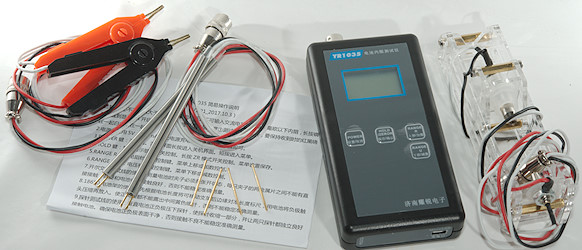
I got the meter in a random shipping cardboard box, it contained:
The meter, 4 terminal probes with extra pogo pins, 4 terminal clamps, 4 terminal battery holder and a manual in Chinese (It is possible to order with the accessories that you want).
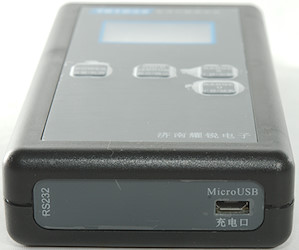
The meter has a recharge battery inside and is charged from a micro usb connector.
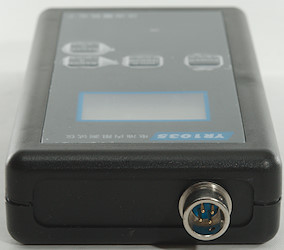
It uses a round metal connector for the four terminal connection. The connector is locking, i.e. the plug cannot fall out. Pulling the ring on the plug will unlock it can be pulled out.
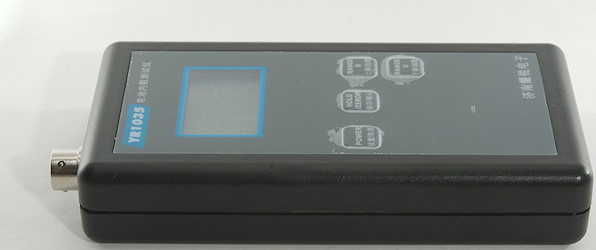
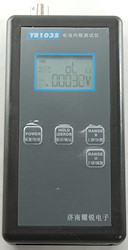

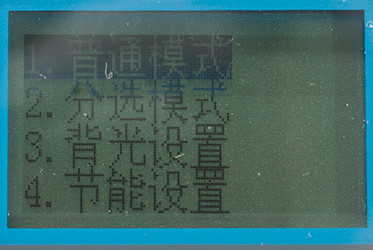
The meter has Chinese text in the display and it is not possible to select English.
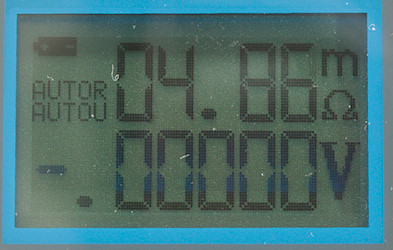
For just using it as a milli-Ohm meter it is not really an issue.

When not used for some time, it will go into standby mode, this requires a button pres to leave.
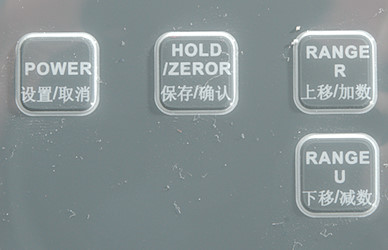
There is a couple of buttons:
Power is used to turn on/off the device.
Hold/Zero is used to freeze the ohm reading, I did not have much luck with the zero function.
Range R is used for manual range select on ohms (20m, 200m, 2, 20, 200, auto).
Range U is used for manual range select for volts (1V, 10V, 100V, auto).
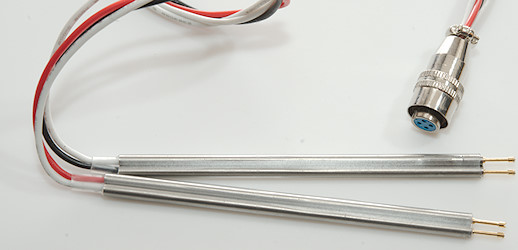
Four terminal probes made with pogo pings in aluminium tubes and some shrink wrap.
The wires are soft silicone.

A closer look at the business end.
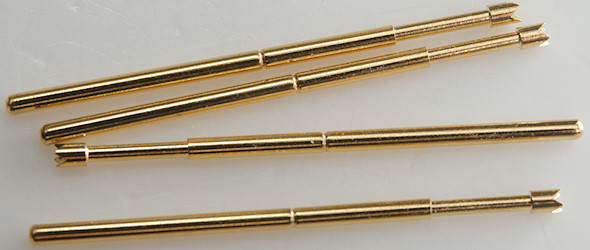
If a pogo pin is damaged, it can be pulled out and a new one pushed in, the pack included four spares.
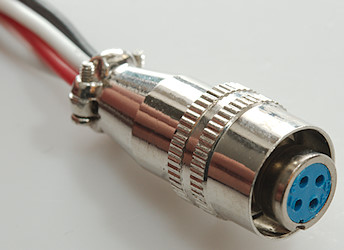
The plug looks like a fairly good quality.
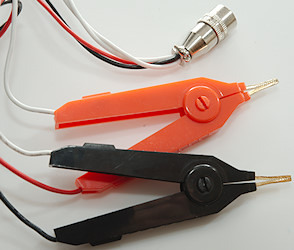
The clamps are a cheap Chinese four terminal model.
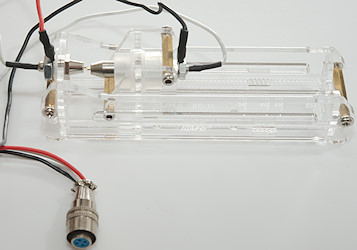
The battery holder is a fairly standard four terminal holder (I use same type for my battery test). It is not the fastest way to connect a battery, but gives stable connections.
Measurements
- The ohm meter is 2200 count display
- The voltmeter is a 100000 count display.
- The AC used to measure ohms are 1kHz at up to about 100mV rms, it will vary with range and measured resistance.
- Output voltage when open is about 2.5Vrms.
- Power consumption while off: 5.1uA
- Power consumption while on with light: 65mA
- Power consumption while on with light and shorted probes: 140mA
- Power consumption in standby mode: 15mA
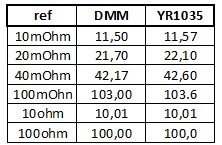
Due to the way the meter works it do not need a battery to measure resistance, but can be used as a general milliohm meter.
Here I am testing on some resistors and comparing to a very precise meter.
The precision is very good.
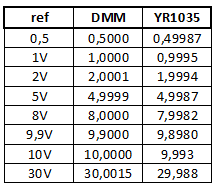
The same with voltage, again the precision is very good and it has lots of digits.

The meter is using a 1000Hz sinus for measuring the resistance
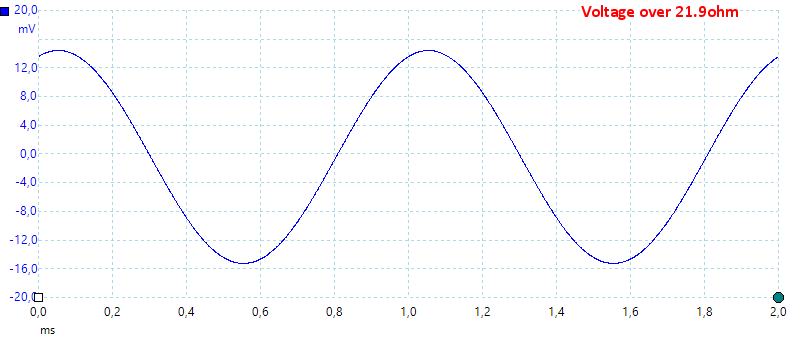
The maximum AC voltage is about 30mVpp when measuring 22 ohm.
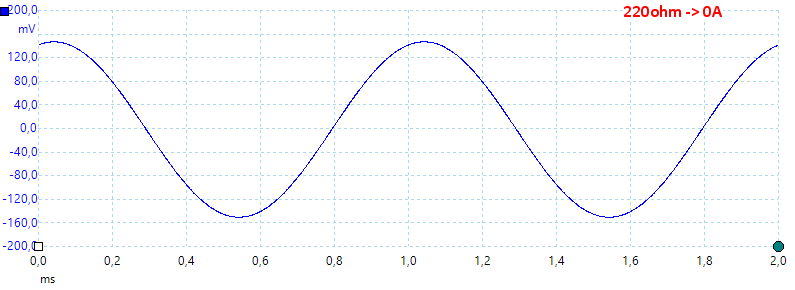
The maximum AC voltage is about 300mVpp when measuring 220 ohm.
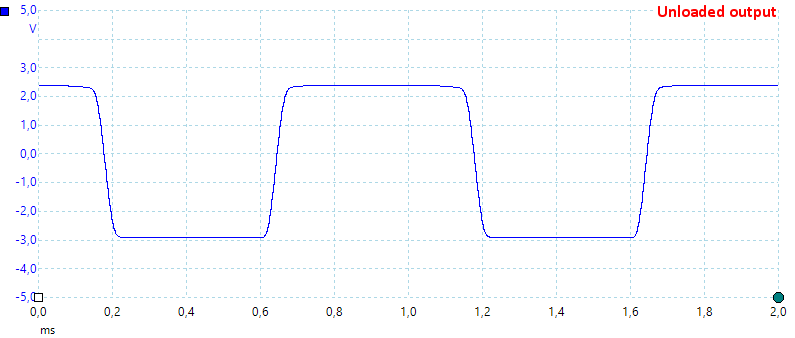
With unloaded outputs the voltage will be considerable higher at about 5.3Vpp
Tear down
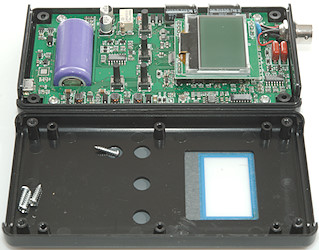
I had to remove four screws to open the box.
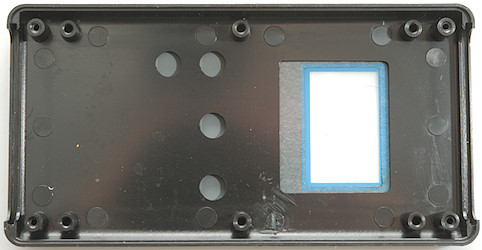
it is a standard project box with some machining and a custom frontplate.
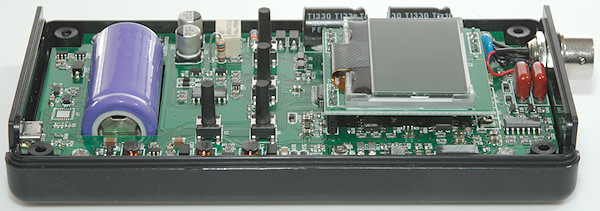
The circuit is on two circuit boards, one for the display and one for everything else. The used battery is a LiIon 18350 cell marked with 900mAh.
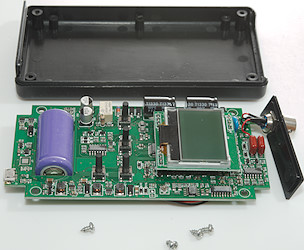
Four more screws and I could remove the circuit board.
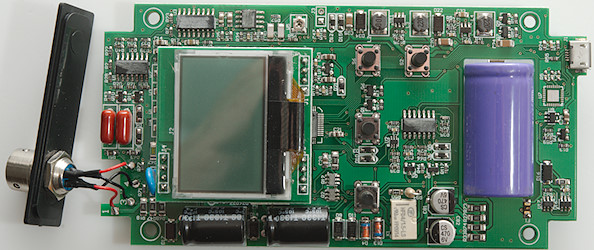
Markings has been carefully removed from nearly all the chips.

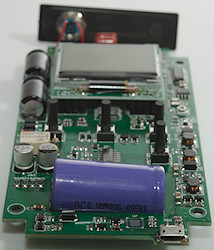
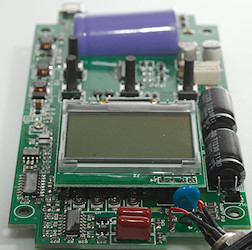

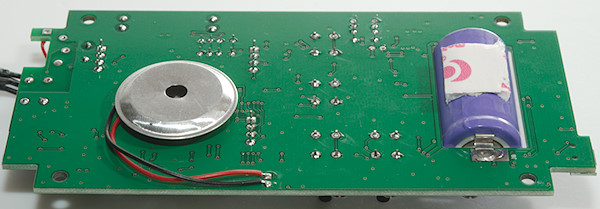
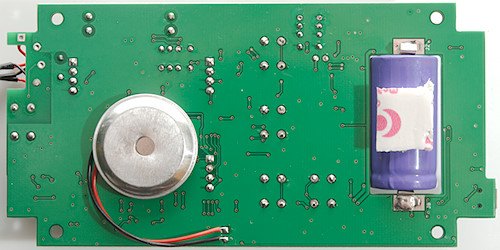
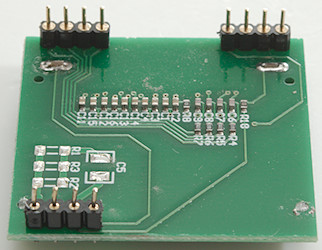
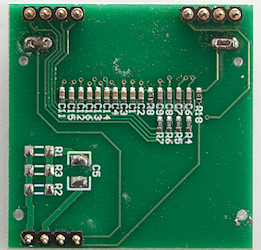
Before removing the display board I unsoldered the battery (Only one connection).
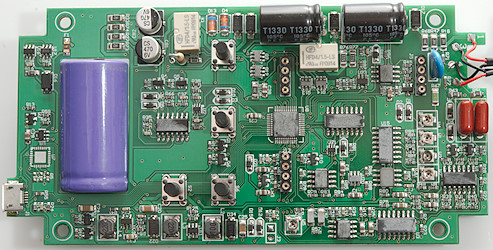
There are two mechanical relays and space for a usb interface chip (U7). There is 5 trimpots to calibrate it with.
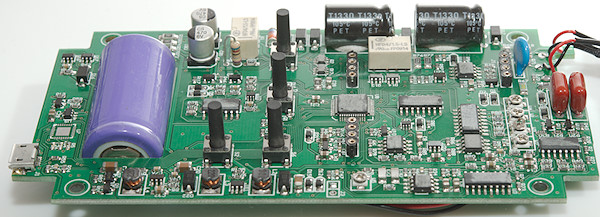
Conclusion
This milli-ohm meter is very good and can both be used to measure internal resistance in batteries and to measure small resistors with. Because it uses AC it will give too high reading on anything inductive, but measuring resistors and small metal pieces works fine.
When using it as a milli-ohm meter the Chinese text is not a big problem, but it is a bit tricky to change any options or use the more advanced functions.
Notes
As reference I used my Keithley DMM7510, it can do 4 terminal ohm measurement.
Vapcell Internal Resistance Tester YR1030
Internal impedance/resistance of batteries





































